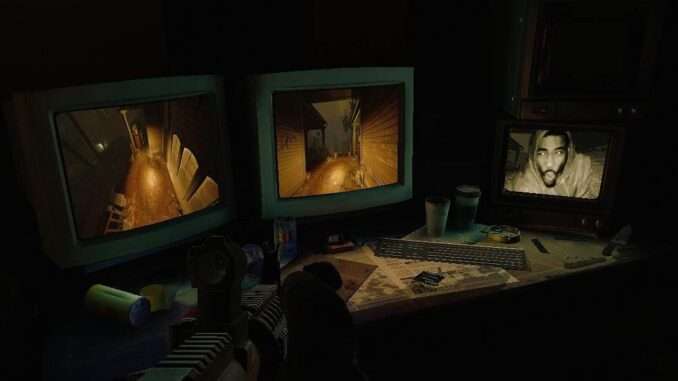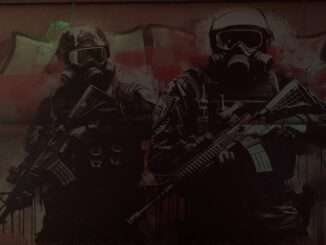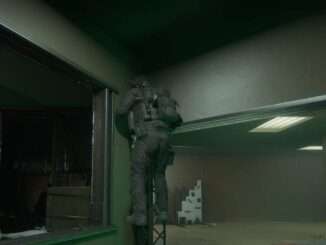
A little chart that indicates the difficulty level of the currently available maps.
Guide to Level Difficulty
Note: Credit goes to (1stA)BENN-EE5
Explanation
Hello, in this short guide you will find a indication which level is how difficult. For this to make sense, we need to establish a few factors.
- In terms of the game mode, we assume you are playing this either on barricades suspects or raid.
- Generally speaking we assume you are playing coop with other players and not with bots.
- In regard of player numbers, we assume you are playing with 3-5 player.
What Makes a Level Difficult?
The levels were categorized in regard of difficulty by the following points:
Number of suspects
How many suspects are in the level.
Equipment of suspects
How well are the suspects equipped in terms of weapons and protective gear like vests and headgear (Gas Masks etc.).
Length of the level
The longer a level, there more likely you are to take damage and you will use up your ammo and equipment.
Complexity of the level
How complex is the architecture of a level. The more difficulty levels have architecture that makes covering your angles more demanding. This results in players having to be more coordinated and paying more attention. The enemy AI is more likely to flank you, or is in positions that are more advantageous to them
Overview

Of course your experience may vary on the personal strength (and weaknesses) of you and your fellow players.
The easy levels generally have have a relatively low number of armed suspects with lower quality equipment. Most of the enemies will not have access to assault rifles and protective equipment. Also the levels are relatively short and usually not that complex in regard or architecture.
Moderate and hard levels are increasing the mentioned factors for difficulty. The enemies will be better equipped and the levels are longer and more complex.
The very hard levels feature both a high number of very well armed and equipped suspects, while also being very long and with complex architecture to worry about.





Be the first to comment